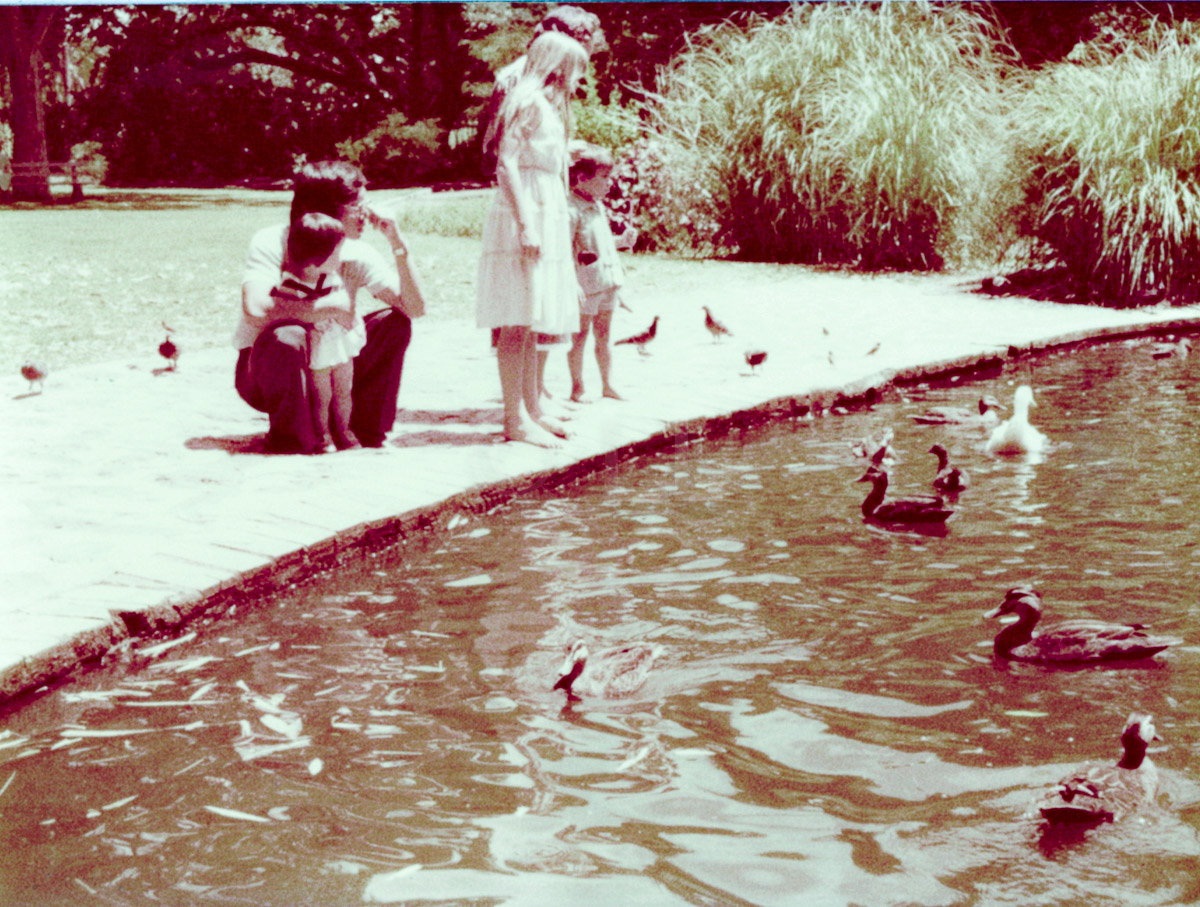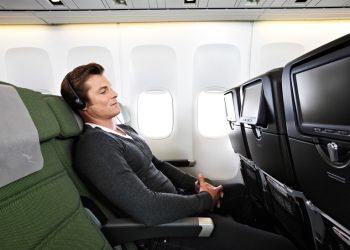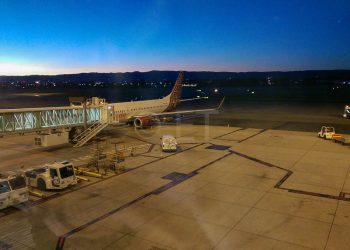Previously published as “Travelling with kids – Are we there yet? 10 tips to stay sane”. Keeping the kids busy when you’re travelling can be a challenge. I still have clear memories of the many times I got into trouble with my whingey ‘Are we there yettttt’… Travelling with children needs some planning.
Though all my childhood trips were by car or long distance bus and a couple of long train rides, things haven’t changed much now more children are taken on long plane trips. We’ve pulled together a few tips that help ease the journey for adults and children. Why? because if you are taking the children with you, you all want to have a good time.
1. Pace yourself
When you’re planning a trip or excursion, it’s important to pace it to the slowest member. If that means getting a babysitter in for an evening, or going somewhere with a kids club, so be it. Otherwise, leave the littlest one at home, the poor kid’s not going to enjoy it very much if you’re getting cross because he or she can’t keep up, or stay awake, or wants to be carried. This advice can be applied whether you’re going to the zoo, or halfway round the world.
2. Keep the kids busy, (but not necessarily active)
This may seem to be completely the opposite of the first point, but it really means making a balance between busy and quiet. If you are travelling long distances, whether by car, plane, bus or train, be prepared with little surprises. Pack a little bag with books, pencils, stickers and other easy & clean activities. (Not a jigsaw puzzle!). Older children could help with this, making a pack of their own things and you can add a little surprise during the trip.
Encourage your kids to be observant – games like ‘I spy’ might seem old hat, but they are fun if you make them fun. You’re all on holiday, so once you get them going they can actually continue the game themselves. Get them to look for blue cars or red bicycles if you’re on the road, or identify different items they see in the aircraft cabin.
3. Dress for the occasion
Comfortable clothes are the way to go. Natural fibres, not too heavy or tight. Shoes and socks need to be comfortable and easy to walk in (not new, you don’t want blisters) and easy to get on and off. Make sure you have sunglasses, hats and sunscreen.
Very important – Have a couple of sets of spares of t-shirts, underwear and socks especially if the journey is long or the weather is hot.
4. Take the right gear
If you are travelling with a small child, and usually use a baby sling or baby carrier, take it along as well. It will be familiar and save lots of angst. A folding stroller is another must take. look for one that is tough but lightweight and can cope with different types of terrain, rough or smooth. If there’s a sling underneath to keep drinks etc, that’s good. Many airlines will let you take them up to the door and store them for you so you can use them when you arrive. Very handy when the little one is still sleepy.
If you’re travelling somewhere you’ll be hiring a car, take along your own car seat. Many airlines will allow you to take it in addition to checked luggage and it will save you a lot not having to pay to hire one when you get your car.
Don’t forget the wet wipes etc, regardless of the ages of your children.
5. Stay hydrated, fill up regularly
Regardless of your travel option, it’s important to stay hydrated and make meal times.
When flying, remember that the air in the cabin is low in humidity and can cause fuzzy heads, mild dehydration and irritation to your child’s skin, throat and nostrils. Regular drinks of plain water will help fight off dehydration and discomfort and a little lip balm, moisturiser or the wet corner of a small towel can help make dry nostrils feel more comfortable.
In the car, stop regularly. It’s good anyway, for the driver to have a break every three hours or so. Have a drink and a simple snack. Encourage everyone to eat less processed food, they will feel more comfortable when they are confined. Similarly take plain food and drink if you’re travelling by bus or train, it certainly will make less mess. Take fruits like bananas that are easy to carry and easy to eat. Make sure you have a plastic bag for the scraps.
6. Stay Healthy
The changes in cabin pressure during take off and landing are very difficult for children to adjust to and even when flying level, the difference in cabin pressure may lead to discomfort in little fliers ears because their ear passages are small. To save your child the pain, use children’s ear plugs which also help reduce noise to help your child sleep better.
If your child is very young feeding them will help (mum’s milk or a bottle) as the sucking helps to equalise the pressure. For older children a sweet to suck also helps. Some children may like the back of their ears rubbed and others feel better with a little tug on the earlobes every now and then to help them ‘pop’.
7. Is the transport ‘kid friendly’?
Check if the airline has special ‘kid friendly’ policies – Most airlines seem to offer special meals for children, but some really go that extra mile with kids packs etc. If you fly a lot, Qantas has introduced a special “Joey Club” for the children of frequent flyers, but even if you’re not a frequent flyer you can still access lots that will make the trip easier.
Emirates is another airline that has put a lot of thought into travelling with children.
8. Keep a travel diary
Older children may enjoy making a travel diary. Sketching or writing little pieces of information about the places they visit not only encourages them to be observant, but gives them a focus as well and there’s the added bonus of a bit of practice at the good old penmanship.
9. Involve them in picture taking
If your family likes to take photos as you go, involve the children. A simple point & shoot digital camera will provide hours of fun and you’ll probably see a development in the quality of the photos as they go on. Taking photos is a good way of reviewing the holiday and even if the camera isn’t GPS equipped, the date and time stamps can usually help them work out where the photo was taken. A little bit of practical geography perhaps?
10. The Dreaded Digital Devices
If you absolutely MUST use a digital device, be creative. here a just a few to get you started
- Let the children learn how to find information about the place they’re visiting, or check the route on Google Maps/Earth.
- Use Google Earth to calculate how far they walked or you travelled during the day.
- If you have a wifi connection, they can send messages and photos to their friends and other family describing the trip.







This Post Has 0 Comments